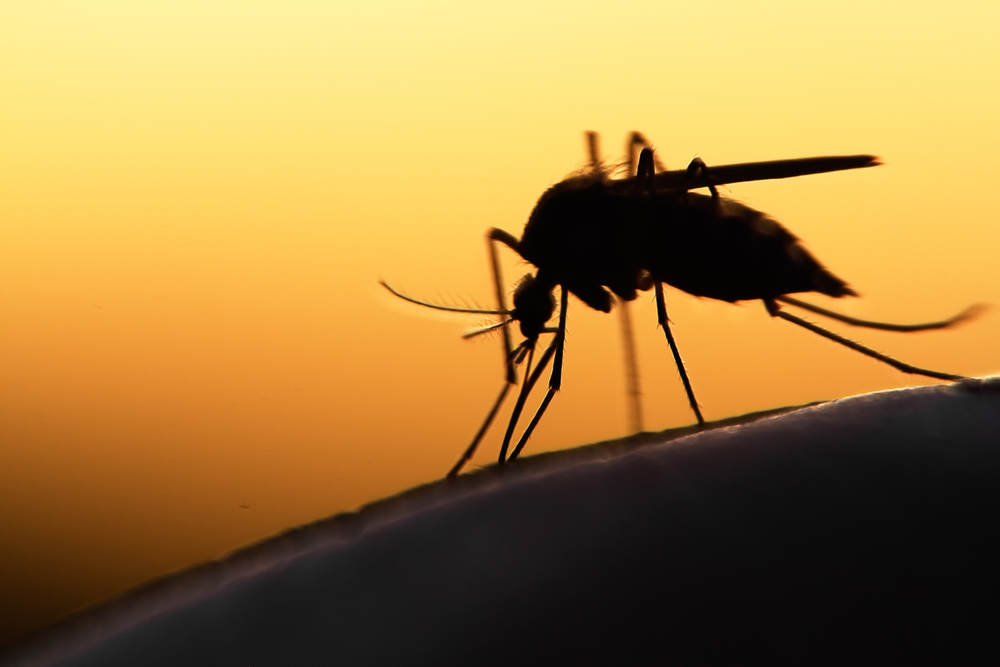Malaria is still a major problem in many regions of the world. According to the World Health Organization, around 200 million people annually contract the malarial parasite. In 2013, it was responsible for 500,000 deaths, mostly children in Africa and babies under five. These numbers are trending downward, but we need something strong to deliver the final knock-out punch.
Research into vaccines and new drug development has made tremendous progress in recent years But what if there was a way to cut the disease by correcting the genes of its source: the mosquito?
Past efforts to control the bugs have been through the use of chemical pesticides like DDT. Although initially effective, these strategies have been perceived negatively by the public due to campaigns by activists who claim these chemicals are hazardous to both humans and the environment.
Since chemistry hasn't worked to eliminate them, researchers are now turning to biology and they are finding great success -- as evidenced by a recent major publication. The paper was published in Nature Biotechnology by researchers in London who have inserted genes into the Anopheles gambiae mosquito, which accounts for about half of all cases each year.
The genes that are inserted into the mosquito make the females sterile. The idea is that if a large number of these genetically engineered (GE) mosquitos are released in endemic areas, they will mate with the wild mosquitos, leading to a crash in the population of the bugs. No mosquitos, no malaria.
But there's a catch here. Creating a GE mosquito requires more than just inserting a few genes into the bugs, in the way, for example, a researcher can do with GE corn. Researchers need a way to ensure that the trait will be passed on to the offspring when the GE mosquito mates in the wild, so the sterility trait will spread through the entire population over a few generations.
The technique they're using to do this is called a "gene drive." The inserted genes have special markers (this is the gene drive) to make sure every time the modified mosquito mates in the wild, the genetic modification is passed on. Researchers are literally trying to go against what more than a century of work on Mendelian genetics has taught us -- and they are having an amazing degree of success. They reported a success rate of more than 90 percent, "driving" the gene into wild populations in a lab setting.
Experts predict that the research may only be one year away from being ready for field trials, but even then questions abound as to whether this will be allowed. Mosquitos, despite the deadly punch they can pack, are important parts of an ecosystem. Driving them to extinction could upset their current mission in a way that leads to something worse.



